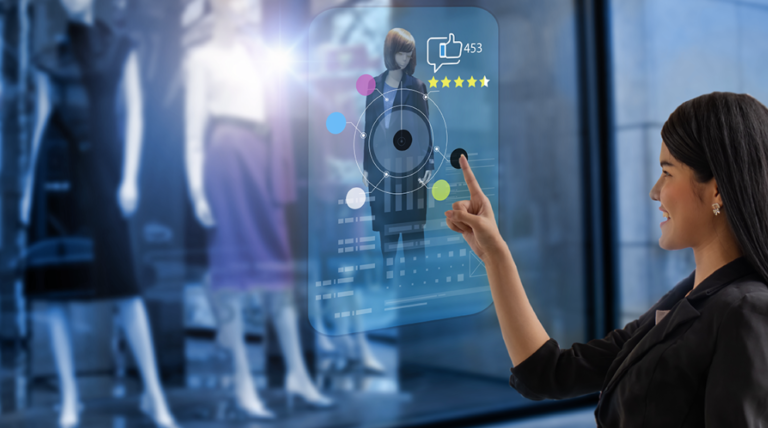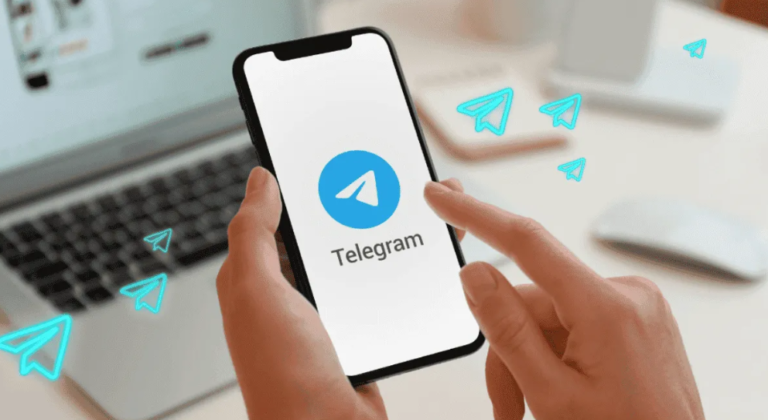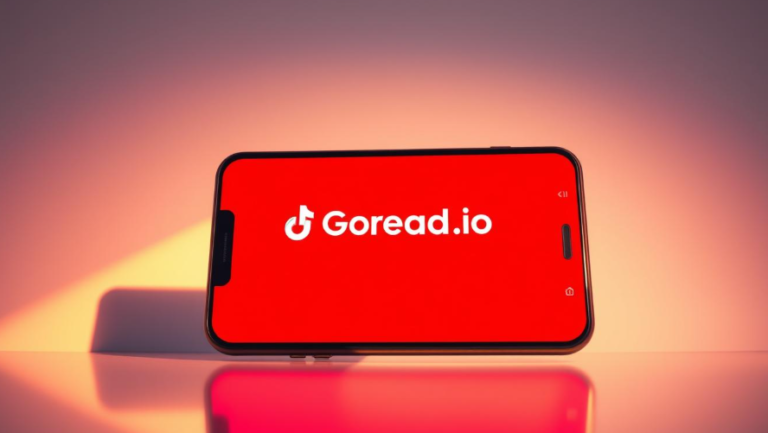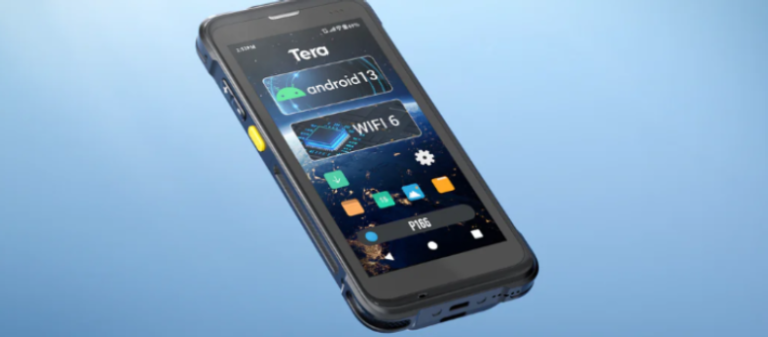What Kinds of Different Activities Are Performed on Smart Boards?
Smart boards have become one of the most versatile and powerful tools in modern classrooms and meeting rooms. Unlike traditional boards, they allow teachers, trainers, and presenters to interact directly with digital content using touch gestures, a stylus, or even multimedia tools.
What Makes Smart Boards Stand Out?
A smart board is essentially an HKMLC interactive whiteboard that connects to a computer and a projector or has a built-in display. It allows users to write, draw, manipulate images, play videos, and interact with software in real time. These boards are used in classrooms, business meetings, training sessions, and even in creative studios.
Because they are touch sensitive, smart boards allow multiple participants to engage at once. This makes them ideal for collaborative learning and team based activities.
Why Smart Boards Are Popular in Education and Beyond
Smart boards are popular because they:
- Make lessons more interactive and dynamic
- Support various learning styles
- Allow real time collaboration
- Integrate with a wide range of educational software and online tools
- Encourage active participation from students or meeting attendees
Their adaptability means they are not limited to one type of activity. Instead, they can be used for a wide variety of creative and practical purposes.
Common Activities Performed on Smart Boards
1. Interactive Lessons
One of the most common activities on a smart board is delivering interactive lessons. Teachers can write notes, highlight text, and draw diagrams directly on the board. They can also bring in images, charts, and video clips to explain complex concepts.
Interactive lessons encourage students to participate actively rather than passively absorbing information.
2. Digital Annotation
Smart boards allow users to annotate directly on top of presentations, documents, or websites. This is useful in both classrooms and meetings when explaining ideas, pointing out important sections, or providing additional context.
For example, a teacher might highlight key points in a science diagram, or a business trainer might annotate over a market analysis chart.
3. Group Problem Solving
Smart boards make group work easier because multiple people can write or draw on the screen at the same time. Students can come up and work on math problems together, or teams can brainstorm and record ideas during planning sessions.
This collaborative approach helps build teamwork and critical thinking skills.
4. Multimedia Presentations
Presenters can incorporate videos, animations, and audio clips into their sessions. This makes lessons more engaging and helps explain concepts that might be difficult to communicate with text alone.
In a geography class, for instance, a teacher can show videos of different countries, zoom into maps, and draw routes directly on the board.
5. Virtual Field Trips
With internet connectivity, smart boards can be used to take virtual tours of museums, historical sites, or scientific research centers. Students can explore these locations interactively, clicking on different areas to learn more.
Virtual field trips bring real world experiences into the classroom without the need for travel
See also: The Environmental Impact of the Tech Industry
6. Language Learning Exercises
Language teachers can use smart boards to display vocabulary games, interactive grammar exercises, or pronunciation practice tools. Students can come up and match words with images or participate in spelling competitions.
The visual and auditory combination helps reinforce language skills more effectively.
7. Interactive Quizzes and Polls
Smart boards can be used to run live quizzes or polls. Teachers can pose a question and students can come to the board to select their answer. The results can be displayed instantly, creating a fun and competitive atmosphere.
This activity is also effective for gauging how well students understand the lesson.
8. Storytelling Sessions
In primary education, smart boards can be used for storytelling activities. Teachers can project storybooks, animate characters, or even create interactive choose your own adventure stories.
Students can take turns adding to the story, making the activity both fun and educational.
9. Artistic Creations
Art classes benefit greatly from smart boards. Students can draw, paint digitally, and experiment with colors and shapes without the need for physical materials. This allows for creativity while saving on resources.
Art projects can also be easily saved, printed, or shared online.
10. Science Experiments and Simulations
In science subjects, smart boards can display simulations of experiments that might be too dangerous, expensive, or time consuming to perform in real life. Students can interact with the simulation by changing variables and observing the results.
For example, in a chemistry lesson, they can adjust the concentration of a solution and see how it affects the reaction.
11. Mathematical Modeling
Math teachers can use graphing tools on smart boards to plot equations, create geometric shapes, and visualize data. Students can move points, change angles, or test different equations instantly.
This hands on approach makes abstract mathematical concepts easier to understand.
12. Music Education
Music classes can benefit from smart boards through activities such as displaying sheet music, playing instrument tutorials, or composing music digitally. Students can tap notes on the board and hear them played back.
Interactive music tools can also be used to teach rhythm, pitch, and melody.
13. Game Based Learning
Educational games are one of the most engaging uses for smart boards. From math challenges to history trivia, games make learning enjoyable and encourage healthy competition among students.
Games can be tailored to specific topics, making them adaptable to any subject.
14. Data Analysis and Visualization
In higher education and professional settings, smart boards can be used for analyzing and visualizing data. Charts, graphs, and spreadsheets can be displayed and manipulated in real time.
15. Remote Collaboration
With video conferencing and screen sharing tools, smart boards enable remote collaboration. Students from different locations can work together on the same project, while seeing and hearing each other.
This function is essential in modern education, especially for distance learning programs.
The Role of Software in Smart Board Activities
The hardware capabilities of a smart board are important, but the software it uses plays an equally big role in what activities can be performed.
Many smart boards come with built in educational software that offers drawing tools, interactive games, and multimedia resources. Others allow integration with popular platforms such as Google Workspace or Microsoft Office.
Choosing a smart board with strong software support ensures that teachers and trainers have access to a wide variety of activities.
How HKMLC smart whiteboards Support Diverse Activities
One of the strengths of HKMLC smart whiteboards is their adaptability. They are designed to handle everything from basic annotation to advanced interactive simulations. With smooth touch responsiveness and high resolution displays, they make activities more engaging and accessible. They also integrate with many educational software tools, ensuring that teachers can easily create customized interactive experiences for their students.
Tips for Making the Most of Smart Board Activities
- Plan Ahead
Prepare your materials and decide which smart board tools you will use before class or the meeting. - Encourage Participation
Involve students or team members directly by inviting them to use the board. - Mix Activities
Combine quizzes, games, and discussions to keep the session varied and engaging. - Leverage Online Resources
Use videos, simulations, and interactive websites to enrich the experience. - Save and Share Content
Record your sessions or save notes so they can be reviewed later.
Mistakes to Avoid When Using Smart Boards
- Relying only on one type of activity – Variety keeps participants engaged.
- Not testing equipment beforehand – Technical issues can interrupt the flow of a lesson.
- Overloading with multimedia – While visuals are important, too many at once can be distracting.
- Ignoring training – Teachers and presenters should take time to learn the board’s features fully.
The Future of Smart Board Activities
The potential activities for smart boards will continue to grow as technology evolves. Future possibilities include:
- Integration with artificial intelligence to provide real time feedback
- Advanced augmented reality tools for immersive learning
- Enhanced remote collaboration with even smoother connections
- More intuitive gesture controls for faster navigation
These innovations will make smart boards even more essential in classrooms and workplaces.
In the End :
Smart boards have revolutionized the way we learn, teach, and collaborate. From interactive lessons and storytelling to advanced simulations and remote teamwork, they support an incredible range of activities. The best part is that they are adaptable to different subjects, age groups, and professional needs.
By exploring the many activities that smart boards can support, educators and professionals can make the most of their investment. When used creatively and effectively, smart boards can transform passive learning into active participation, leading to better understanding, retention, and collaboration.






